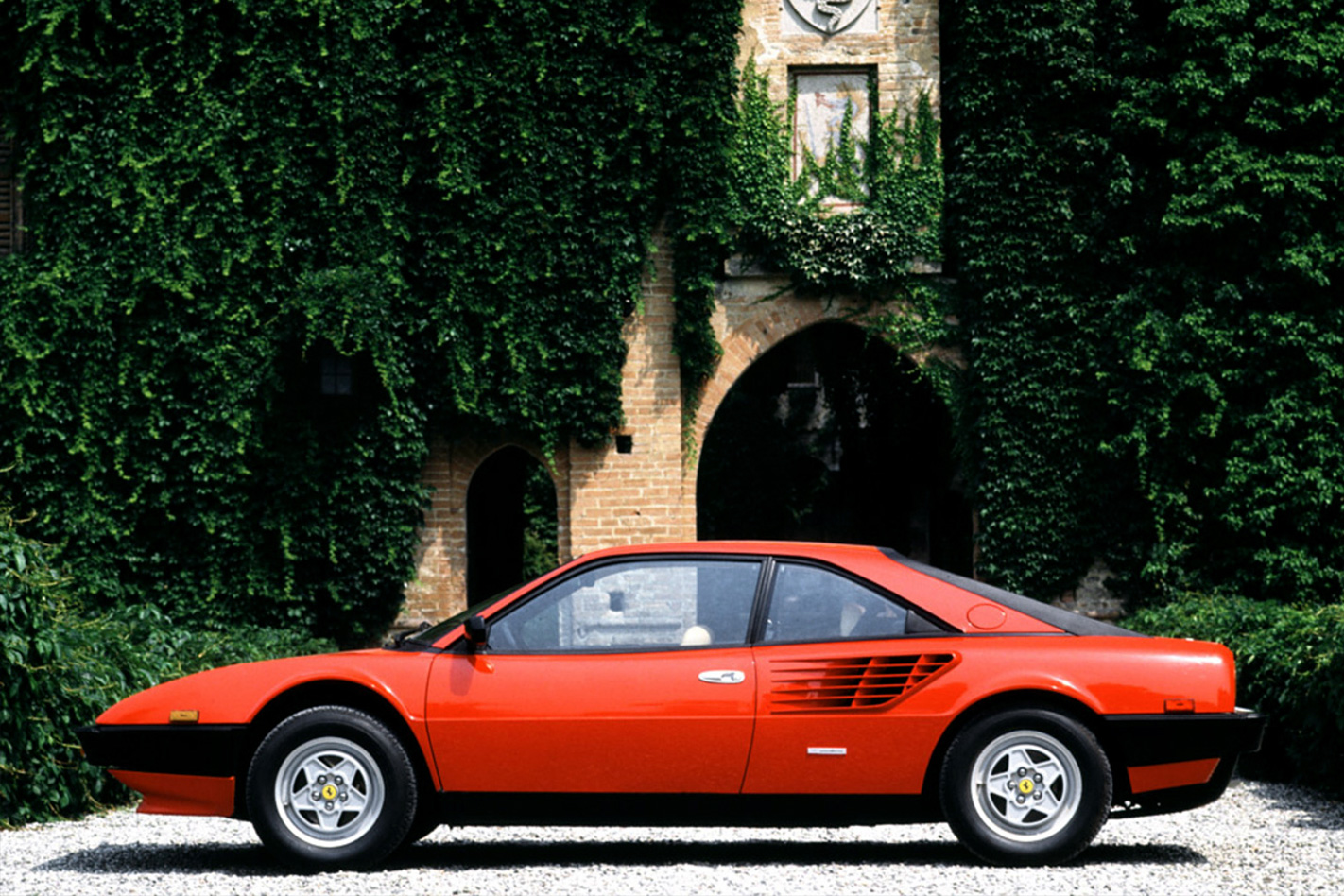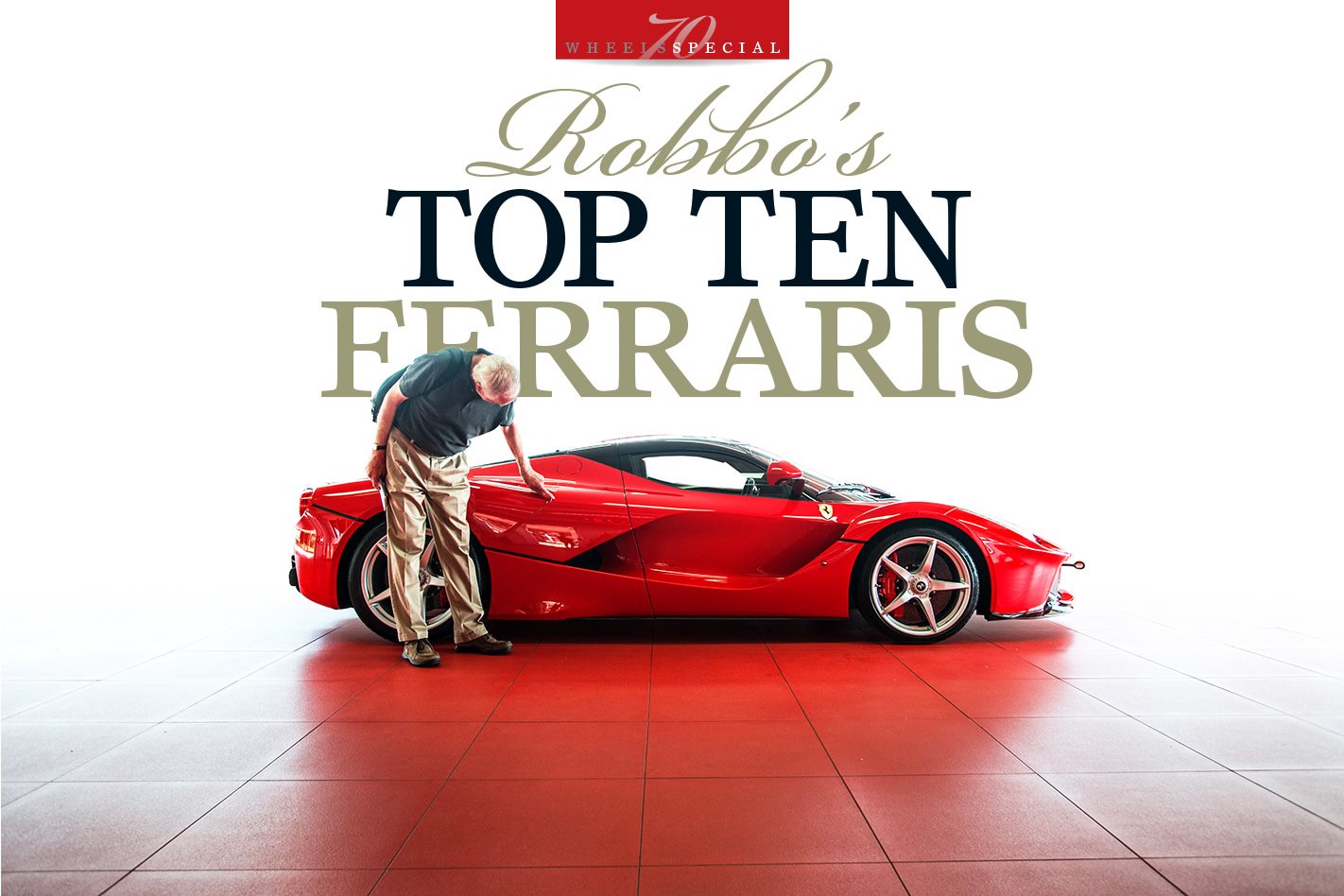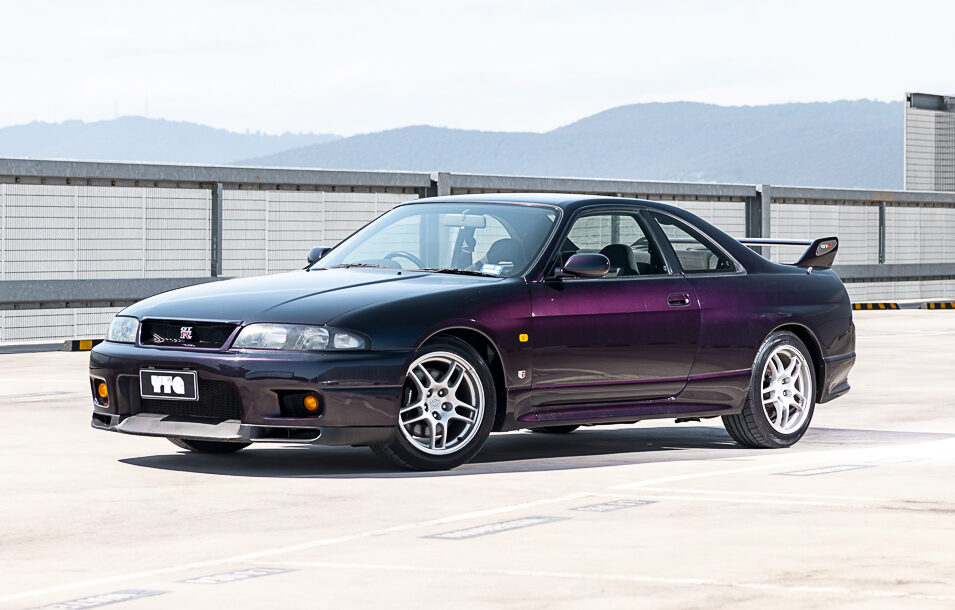IN THE 47 years since I drove my first Ferrari – I’m counting the Dino 246 GT as a true Ferrari – my hands have been laid on most of Maranello’s production cars, at least until the most recent crop of turbocharged V8 models.
A large part of me is happy that I’m left with memories of the gloriously evocative, normally aspirated engines, 9000rpm redlines and power that builds as the revs climb ever higher.
Yes, I appreciate that the 488 is faster than the 458, but I simply don’t want a Ferrari that develops peak torque from just 3000rpm. Here, then, are my favourites; a list that includes one turbocharged car and one model I’ve never driven.
Number Ten – 250 GT SWB
In the 16 years I was a regular visitor to Pininfarina’s Grugliasco (Turin) design centre, one special car sat in the foyer: PF’s red 250 GT SWB. No matter that it sat opposite the small museum that housed a dozen or so of PF’s greatest designs, this was the car chosen to greet visitors.
No other Ferrari’s styling so perfectly blended aggressive sportiness – that thrusting, reverse sloping nose – with an elegance and simplicity of beauty. I never came to terms with its tiny size: at 4150mm long, on a 2400mm wheelbase, not much bigger than an MX-5.
Those who have driven a SWB (S. Moss), tell me it’s as great on the track as it is on the road, the driving matching the exquisite looks.
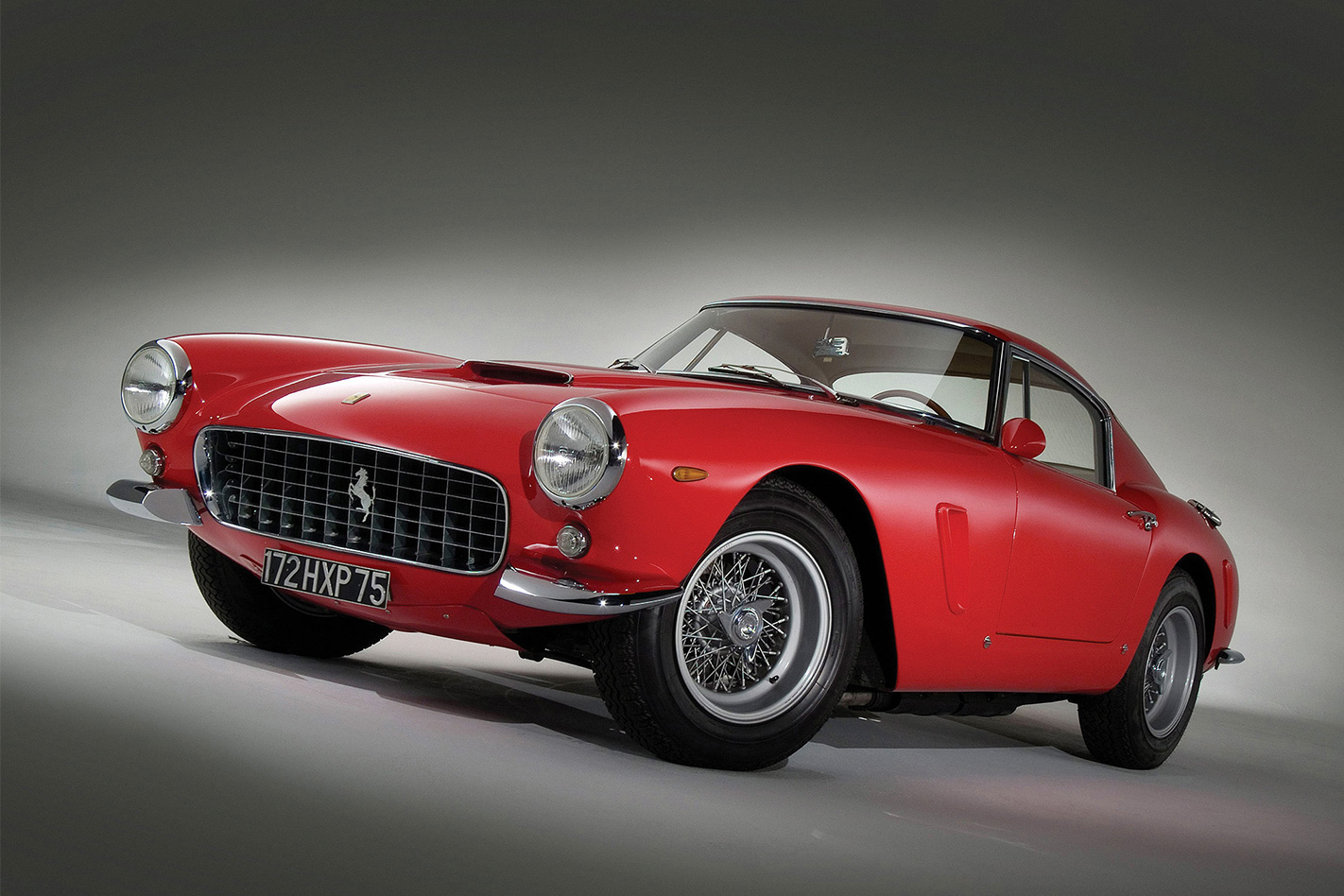
Engine 2953cc V12 (60°), sohc, 24v Power 206kW @ 7000rpm Torque 260Nm @ 6000rpm Built 176
Number Nine – F40
The one turbocharged Ferrari to make my list, the F40 was the last production model conceived under the leadership of Enzo, who died less than a year after it was unveiled to the press.
This is no contemporary Ferrari turbo, but a raw and nervous excitement machine capable of terrorising its driver. Peak torque hits at 4000rpm and power at 7000rpm and that, plus 700rpm to the redline, is the engine’s operating range. Anywhere below 3500rpm, engine off boost, it’s easy enough to control, but the turbo lag is waiting to catch you out.
A heavy clutch, precise handling and hardcore interior only add to the race-car-like thrills.
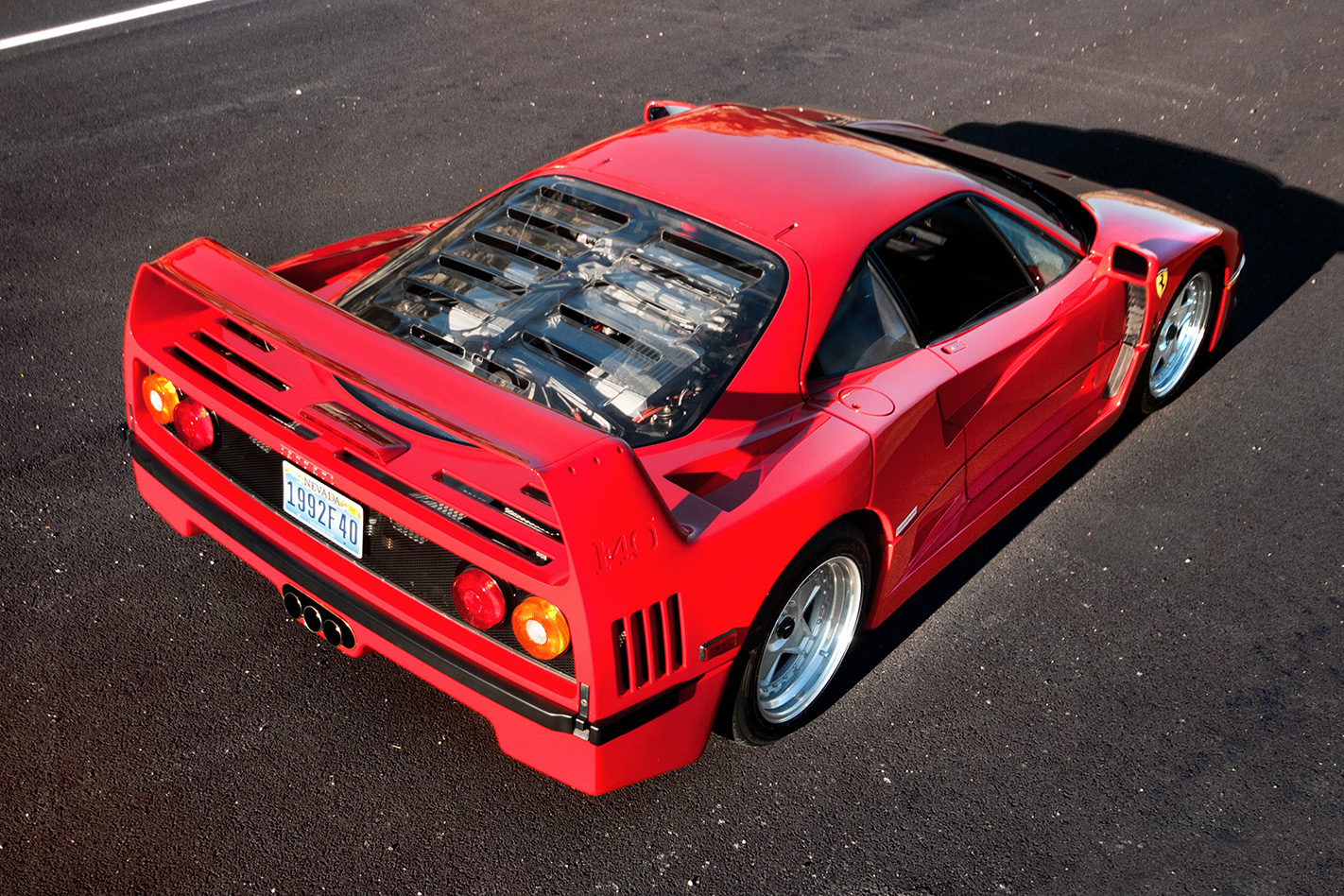
Engine 2936cc V8 (90°), dohc, 32v, twin-turbo Power 386kW @ 7000rpm Torque 577Nm @ 4000rpm Built 1311
Number Eight – 365 GT4 BB ‘Boxer’
One of Leonardo Fioravanti’s greatest Ferrari designs, the beautiful ‘Boxer’ was an all-new road car, though the 4.4-litre flat 12 was an evolution of Ferrari’s 1971 F1 racing engine.
Fed by four triple-choke Webers, breathing through six large exhaust pipes while making 256kW, and so wonderfully sonorous, the engine eventually grew to 4.9-litres and 328kW in the F512M.
The Boxer wasn’t perfect: mostly excessive longitudinal body movement and poor brakes, but the roads of western Victoria had never seen anything like it. Nor had I, for it was my first Ferrari supercar. Fifteen years later, when that same Boxer was just an old, second-hand car I could have bought it for $10,000.
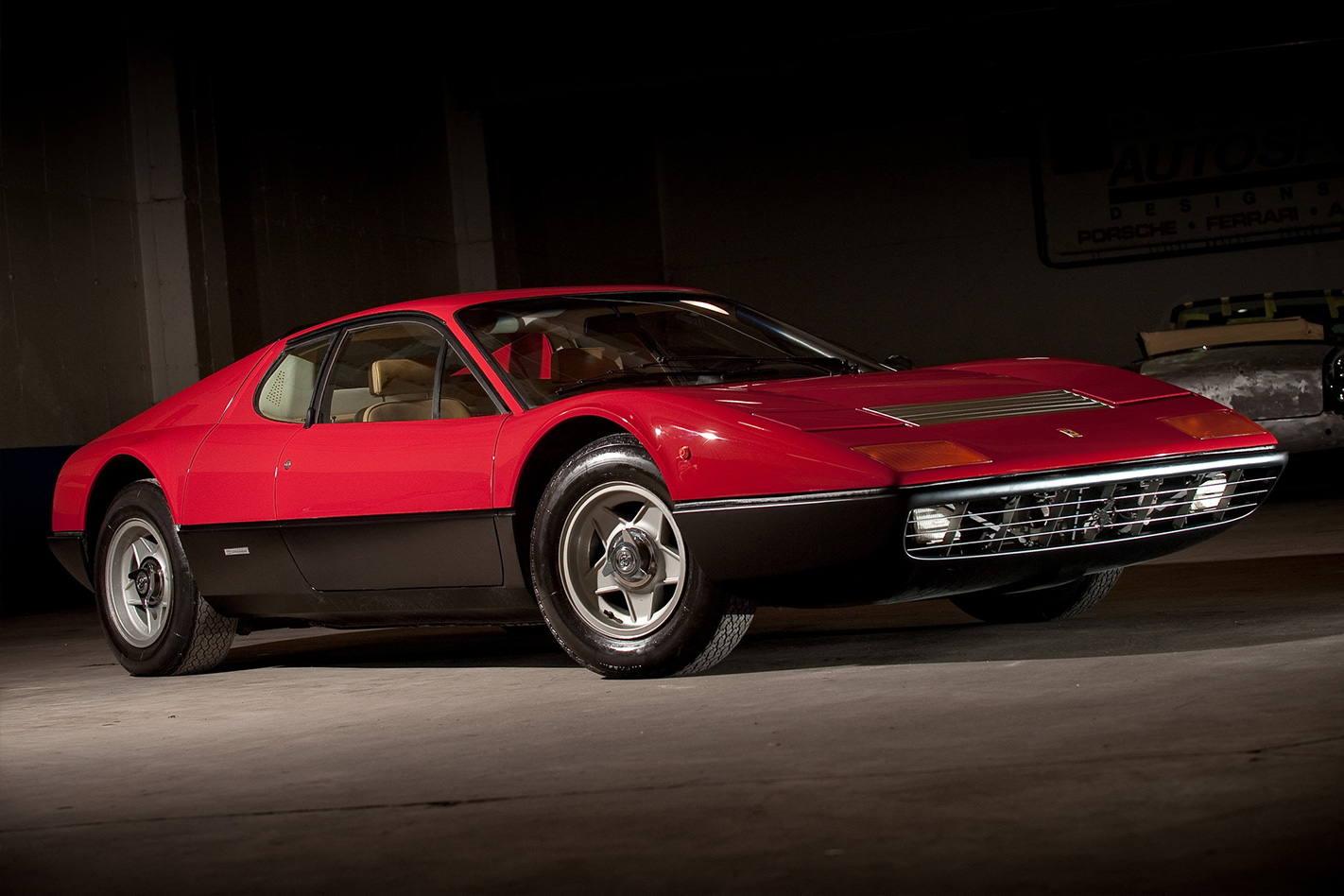
Engine 4390cc flat 12 dohc, 24v Power 256kW @ 7700rpm Torque 422Nm @ 5500rpm Built 387
Number Seven – F50
The F50 was the idea of Piero Ferrari, Enzo’s second son, who still owns 10 percent of the company. Piero wanted to build an F1 car for the road.
That meant turning a high-revving V12-powered, carbonfibre, open-wheeler into a road machine. I only drove the resulting F50 at Fiorano, Ferrari’s private circuit. For the first couple of laps I was disappointed, but after learning to stay between 5000-8500rpm, I discovered it was possible to get the F50 so far sideways that the steering was against the stops on opposite lock.
I balanced the Ferrari on the throttle, lifting to alter the drift angle to tighten the line, never fearful of an abrupt oversteer snap. Amid the wailing and bellowing, I realised the F50 was both benign and responsive.

Engine 4698cc V12 (65°), dohc, 60v Power 383kW @ 8000rpm Torque 470Nm @ 6500rpm Built 349
Number Six – 246 GT Dino
From the moment Aldo Brovarone’s Dino was unveiled at the 1965 Paris motor show as a concept it was destined for stardom.
The mid-engine V6 coupe retained the same, almost fragile grace of appearance that is so much admired today when it evolved into the production 246 GT. The external beauty, validated by the 2.4-litre 65-degree V6 from Ferrari’s Tasman Cup-winning Dinos, and a chassis of uncommon quality, ensured a truly delightful drive.
Not for its performance – a current Golf GTI would blow it away – but for the total balance of its controls, handling responses and fluidity. And its sublime appearance.
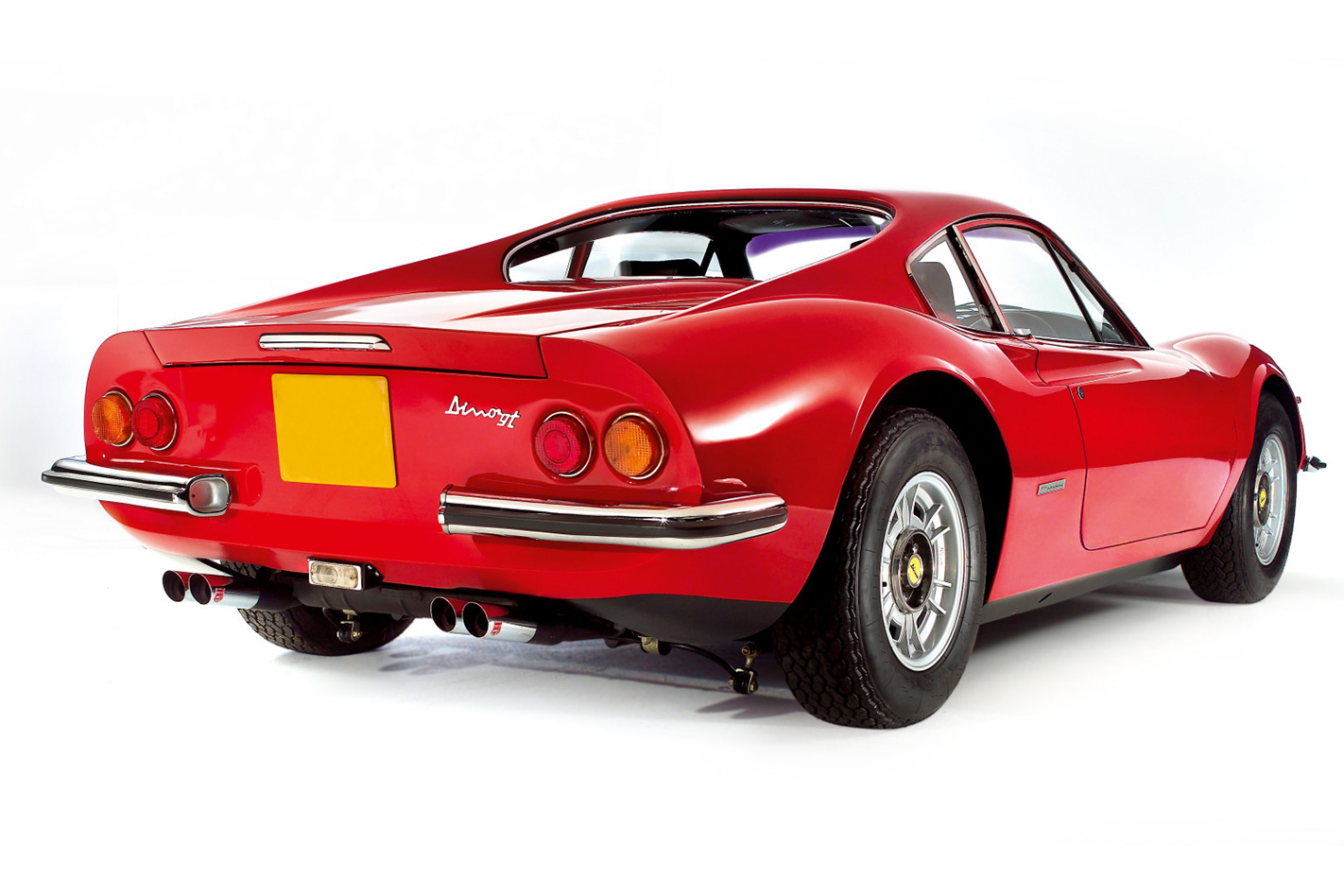
Engine 2419cc V6 (65°), dohc, 12v Power 143kW @ 7600rpm Torque 225Nm @ 5500rpm Built 3761
Number Five – F355 Berlinetta
Maranello now admits the 348 was an unpleasant piece of work. The F355, its successor, was the first mid-engine Ferrari to provide clear evidence that the Italian engineers well learned from the Honda NSX.
I rate my F355 drive from northern Italy to Stuttgart (where it beat a 993 911 Turbo in a Wheels comparison) via the Brenner Pass as highly as any. I revelled in the predictable handling, far quicker and lighter steering than any previous V8 Ferrari (it was the first with power assistance), more accessible, increased performance and still the joyous clanking from the open-gated gearchange.
I put another 2827kms on the odometer, each a tribute to Ferrari’s virtuosos under then-new boss Luca Montezemolo.
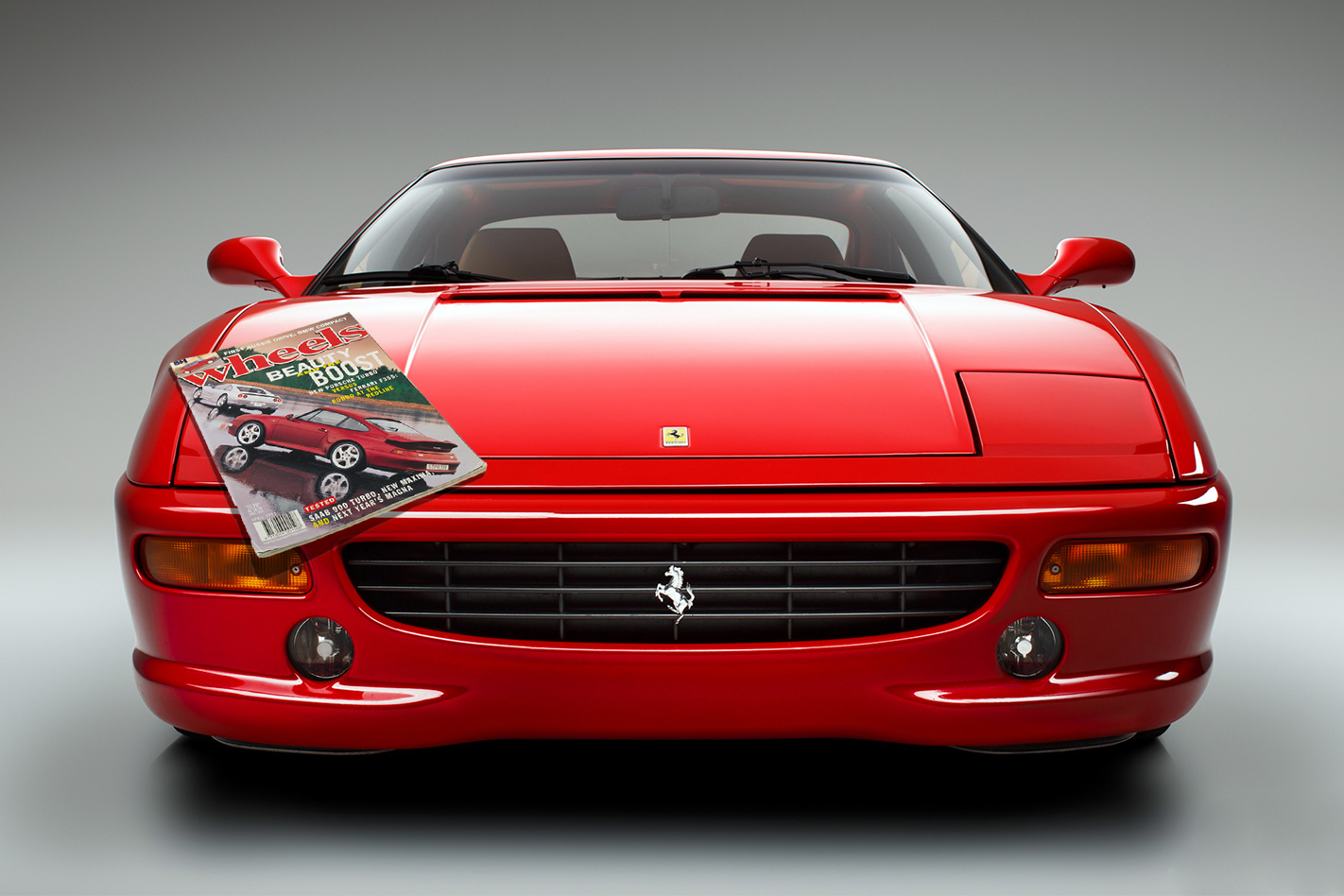
Engine 3496cc V8 (90°), dohc, 40v Power 280kW @ 8250rpm Torque 363Nm @ 6000rpm Built 11,273
Number Four – 275 GTB/4
This was a toss-up: 275 GTB/4 or the subsequent Daytona 365 GTB/4?
Largely ignored as old fashioned, and overshadowed by the Lamborghini Miura when it was launched, the 3.3-litre 275 GTB is now considered by those who know to be an even better drive than the Daytona, which used a larger capacity development of the Gioacchino Colombo-derived front-engine V12 mechanicals.
The first Ferrari with independent rear suspension and, as a four-cam GTB/4, impossibly beautiful, the 275 remains a joy on the right road. Agile, never brutish in its performance, this is a Ferrari that yearns for sweeping third and fourth gear corners. A fantastic car.

Engine 3286cc V12 (60°), dohc, 24v Power 220kW @ 8000rpm Torque 314Nm @ 6000rpm Built 280
Number Three – LaFerrari
In my experience (I’ve not driven a Bugatti Chiron), the LaFerrari redefines speed:0-200km/h in 7.0 seconds, or 2.5sec quicker than the Enzo, Ferrari’s previous supercar.
It is terrifyingly rapid and demands a high level of wheel skill when tapping hard into its potential. This is fast-forward driving, the world tearing past at an almost incomprehensible speed that requires intense concentration.
This relentless performance combines with instant, almost brutal throttle response, super-fast linear steering and massive grip … up to the point that, with the electronic safety net off, 708kW transforms the LaFerrari into a tyre-shredding oversteerer.
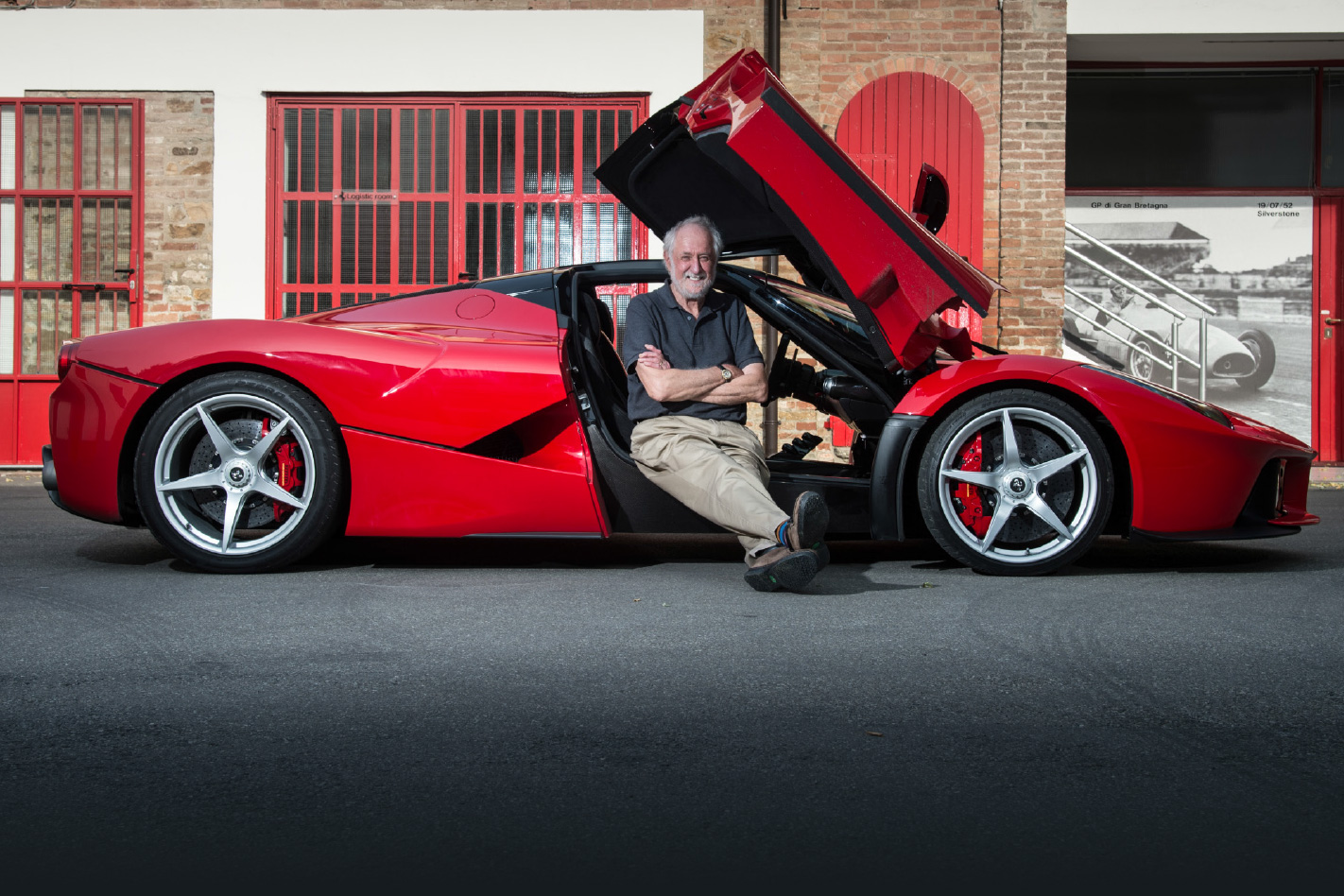
Engine 6262cc V12 (65°), dohc, 48v Power 588kW @ 9000rpm Torque 700Nm @ 6750rpm (plus 120kW/200Nm with HY-KERS) Built 500
Number Two – 458 Italia
The quality of Ferrari’s progress from the F355, through the 360 Modena and F430, to the 458 still leaves me staggered. There’s a natural harmony to the 458 that is rare to find in any car, let alone one that combines seemingly contradictory talents. How, I remember wondering, is it possible to match two, super precise, turns of steering lock with superb high-speed stability, plus race-car levels of brake, throttle, transmission and handling response? Remember, too, that Ferrari’s last naturally aspirated V8 achieved 419kW at 9000rpm for breathtaking performance and musical accompaniment, with real maturity and refinement.
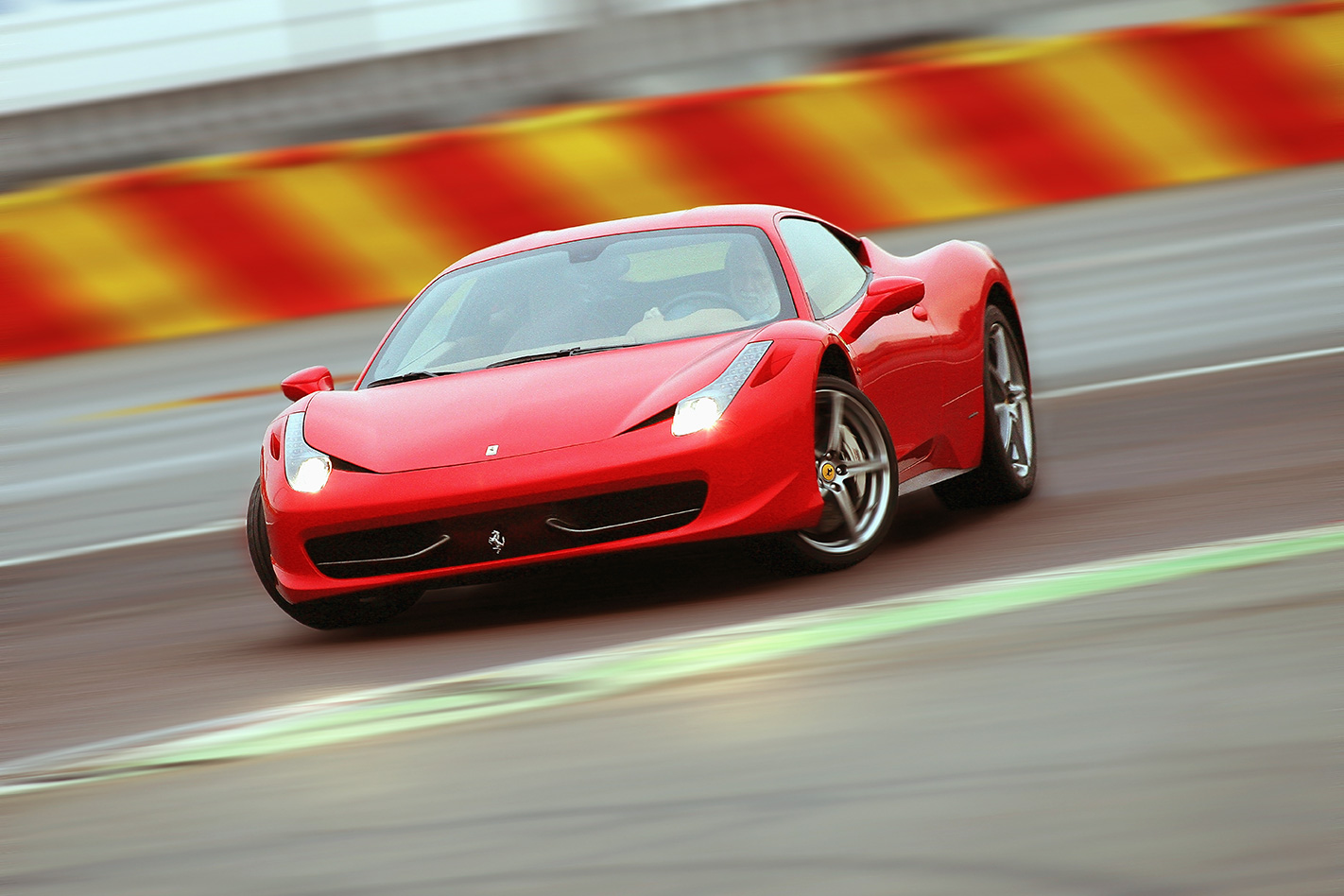
Engine 4499cc V8 (90°), dohc, 32v Power 419kW @ 9000rpm Torque 540Nm @ 6000rpm Built circa 20,000
Number One – F12
My all-time Ferrari favourite, supplanting the mighty 599 GTB. For all its sheer speed – 8.5 seconds to 200km/h, 340km/h Vmax – what makes the F12 so utterly desirable is the car’s user-friendliness. The F12 is a true supercar without the compromises. Easy to drive slowly or quickly, pleasant to live with and always comfortable, the F12 could be everyday transport and not something you save only for track days, like the original (and impractical) Lamborghini Aventador. With the V12 front-mounted you can see out of the F12, it’s easy to load up with gear, and never intimidating. Yet the sublime steering, effortless handling and shattering performance also deliver an unequalled driving experience.
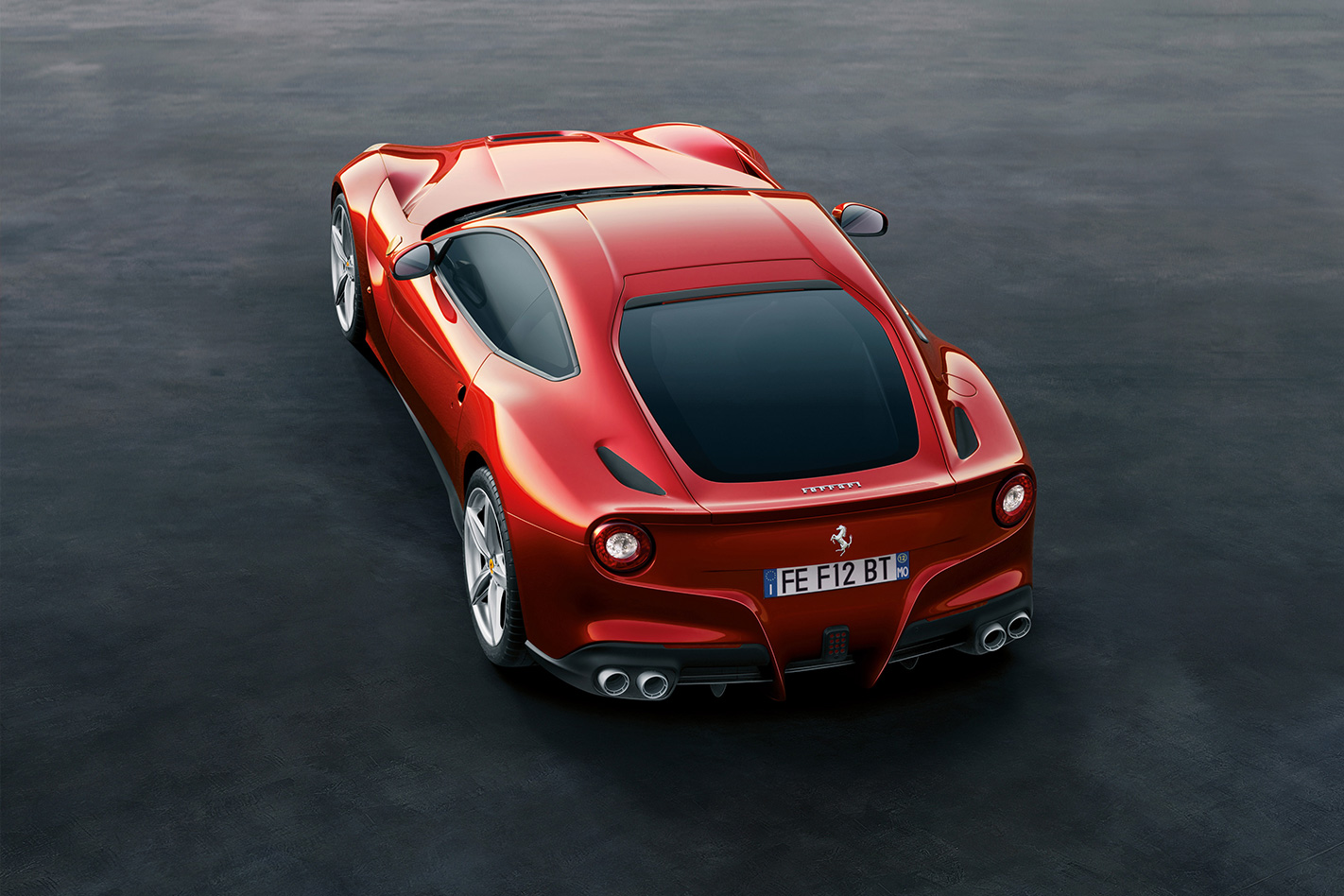
Engine 6262cc V12 (65°), dohc, 48v Power 544kW @ 8500rpm Torque 690Nm @ 6000rpm Built circa 6000
The Duds
348
Underdone, stiff gearchange, heavy clutch, but most of all unpredictable handling and road holding. The NSX showed Ferrari how it should be done.
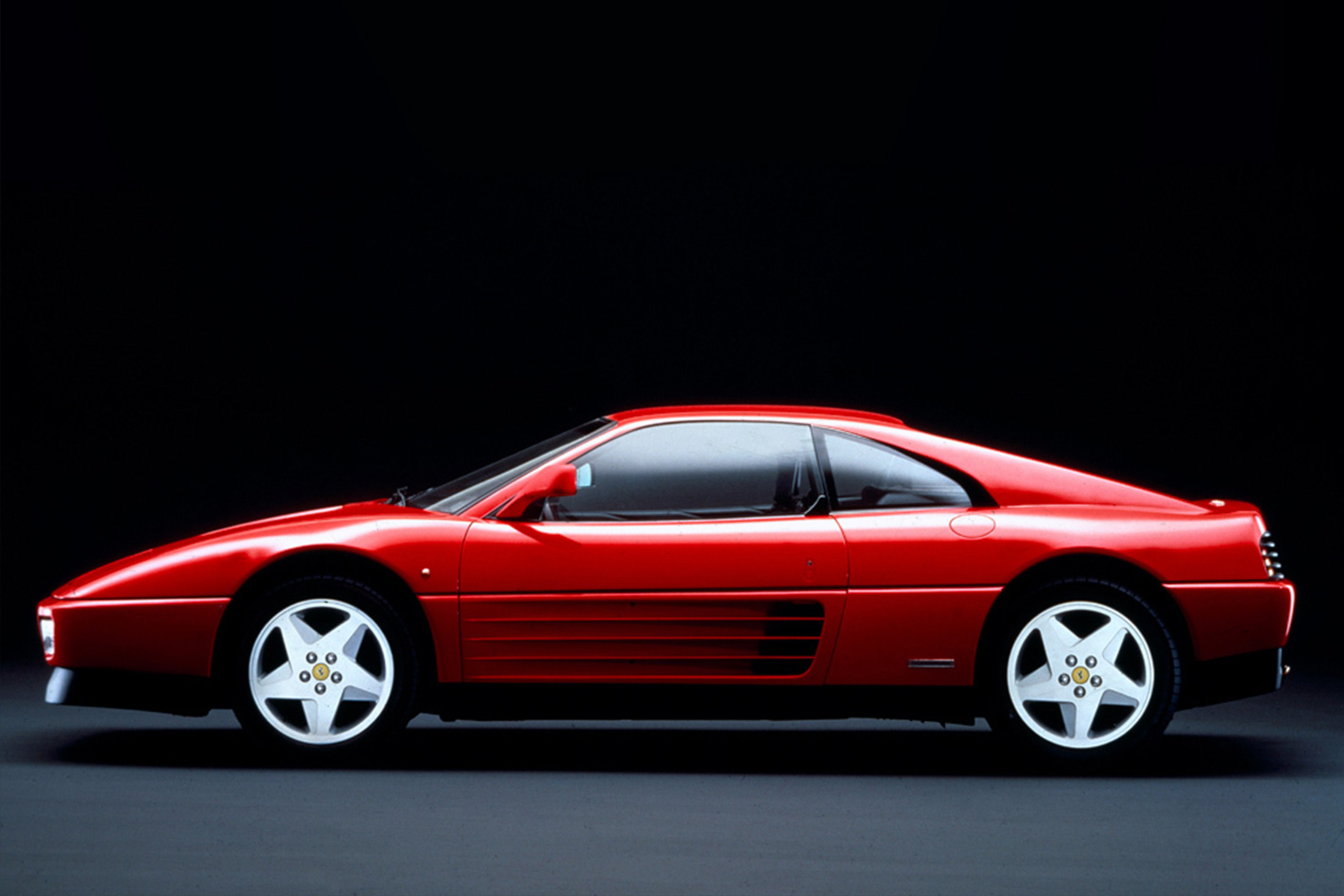
Lousy driving position, slow, just not special enough. My drive story was so critical it invoked my first life-ban from Maranello.
